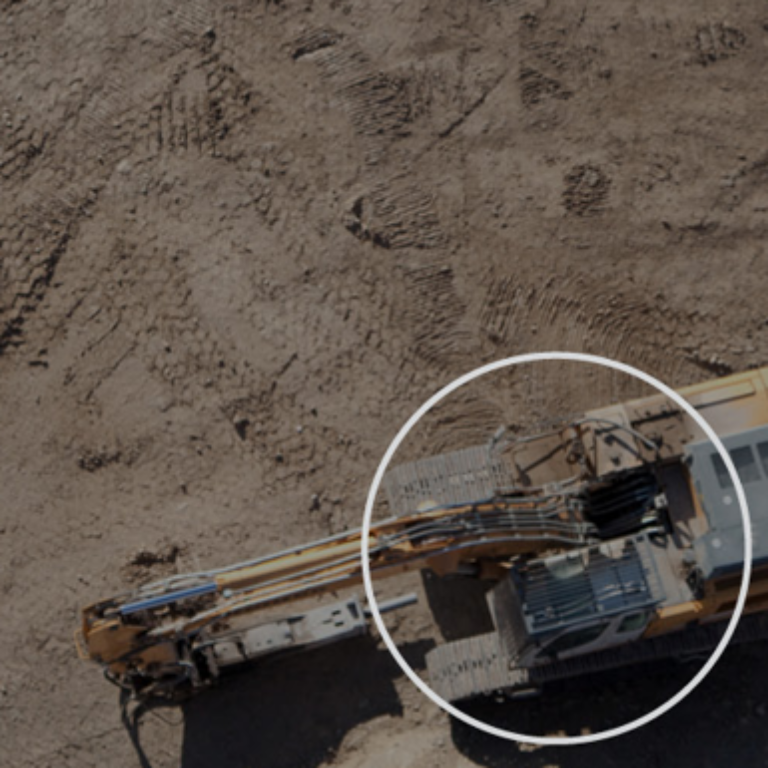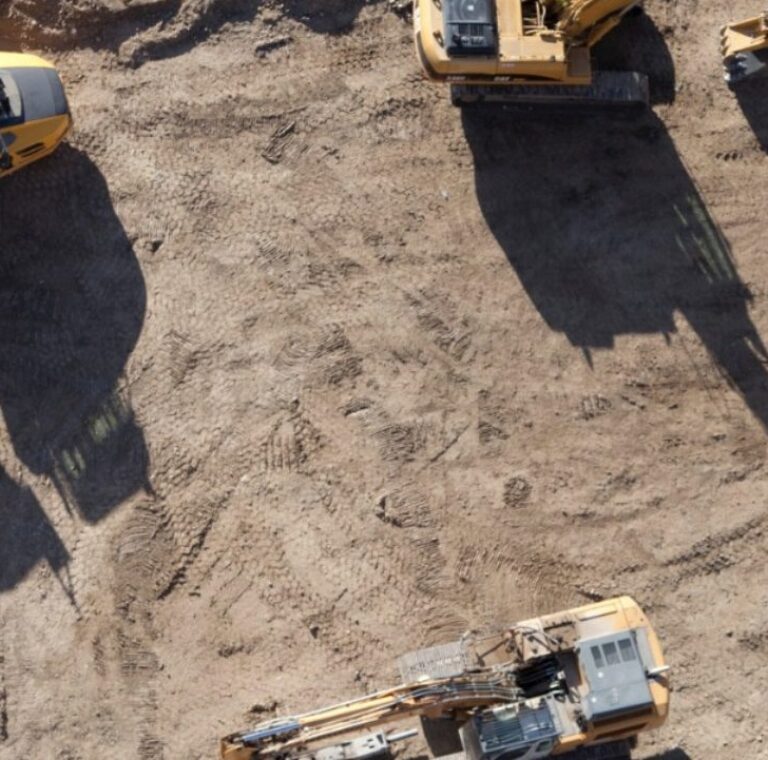What Is Telematics? — A 10-Point Introduction for Owners and Managers of Industrial Fleets
- Equipment rental
- Fleet efficiency
- Fleet management
- Material handling
- Security and safety
What is telematics? It’s a much-asked question about a new and fast-developing technology, one which is central to the digital transformation of businesses using industrial equipment.
For those in construction, rental and mixed fleet, material handling, and equipment dealerships, telematics solutions offer huge potential benefits.

1. Telematics definition: What is telematics?
Telematics is the process of using technology to collect insights about your machinery, vehicles, and tools.
Installing a telematics device on your machinery adds capabilities to your vehicles and future-proofs your business.
For example: If you’re a rental company, telematics systems let you know where your machines are in real time, so you can ensure they are being used correctly and in accordance with rental contracts.
Another example: If your business uses machines in a warehouse, you can cut back on costly unreported impacts which hurt your business in terms of damage repair and machine downtime. Impact reporting means that you receive instant notifications of impacts so you can identify which operators and areas are most prone to incidents.
Information and insights from machine data are displayed on an online cloud platform.
These insights empower you to track your fleet, boost efficiency, operate more safely, and avoid unexpected downtime.
Telematics is an interdisciplinary field that encompasses:
➡️ telecommunications (transmission of information);
➡️ vehicular technologies (transport and road safety);
➡️ electrical engineering (sensors, instrumentation, and wireless communications); and
➡️ computer science (multimedia and internet).
Telematics helps unleash the potential of your industrial fleet.
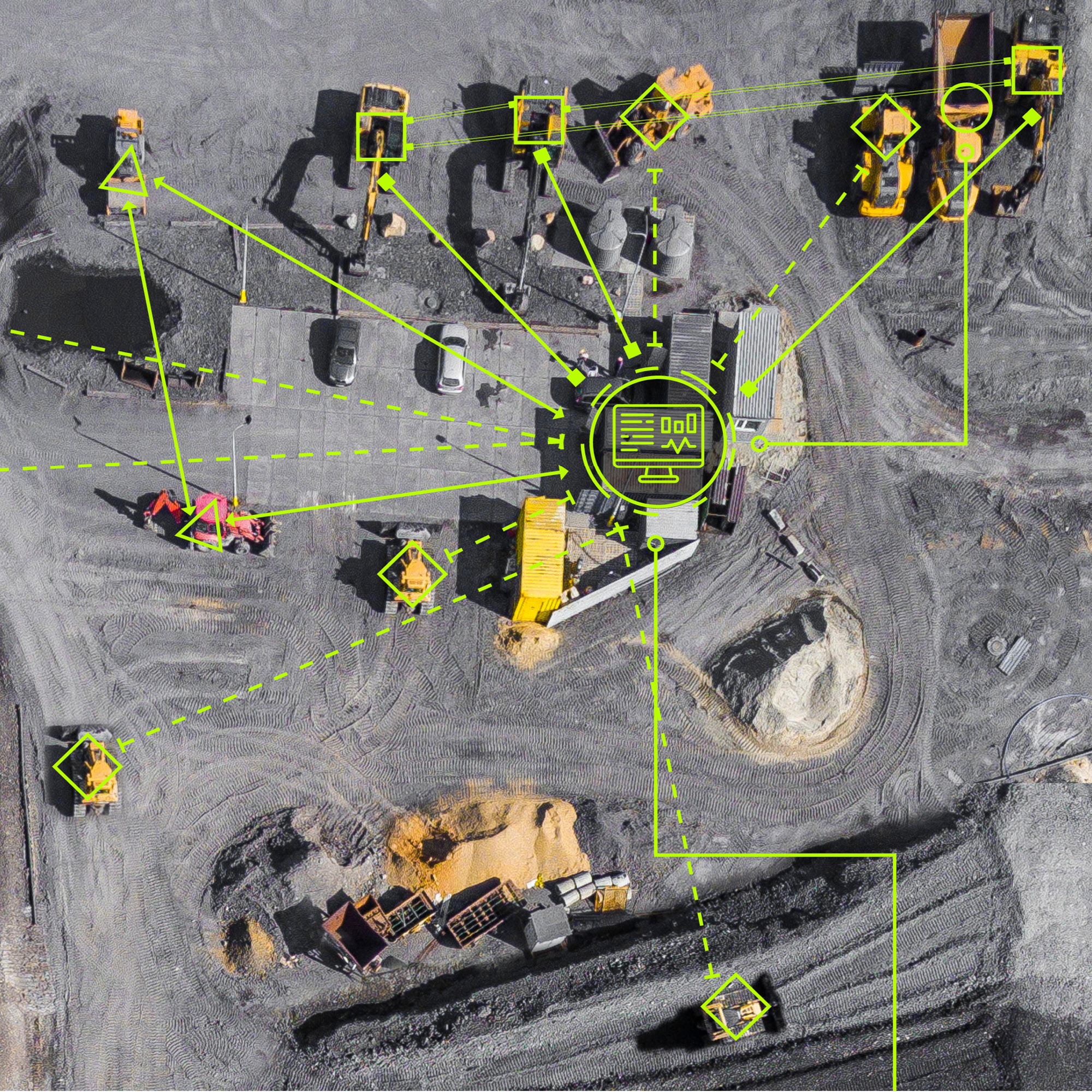
The word “telematics” is a compound term combining the words “telecommunications” and “informatics”.
“Telecommunications” is about the remote transfer of information. “Tele” is derived from the Greek for “far off” or “at a distance”. “Communications” denotes the sending, receiving, and storing of data.
“Informatics” is a discipline incorporating the practice of information processing. It’s about the collecting, processing, and storage of data.
The core purpose of telematics is to transmit valuable information over long distances.
3. The evolution of telematics
Telematics have developed at a fast pace in line with the advancement of computer technologies and the internet.
The term was first coined by Simon Nora and Alain Minc in a 1978 report to update the French government on the computerisation of society. It was Nora and Minc who came up with the portmanteau “telematics” (in French, “télématique”).
In 2008, the Association of Equipment Management Professionals (AEMP) decided to take telematics seriously. The AEMP was set up to serve those who manage and maintain heavy, off-road fleets. They provide the industry with contacts, knowledge, career development, and personal growth opportunities.
The AEMP brought together the major construction equipment manufacturers and telematics providers in the heavy equipment industry.
Together, they discussed the development of the industry’s first telematics standard.
They released the AEMP Telematics Data Standard V1.1 in 2010.
Since then, there have been major developments in application programming interfaces.
It’s resulted in significant growth in the integration of data from telematics systems into the databases of companies around the world.
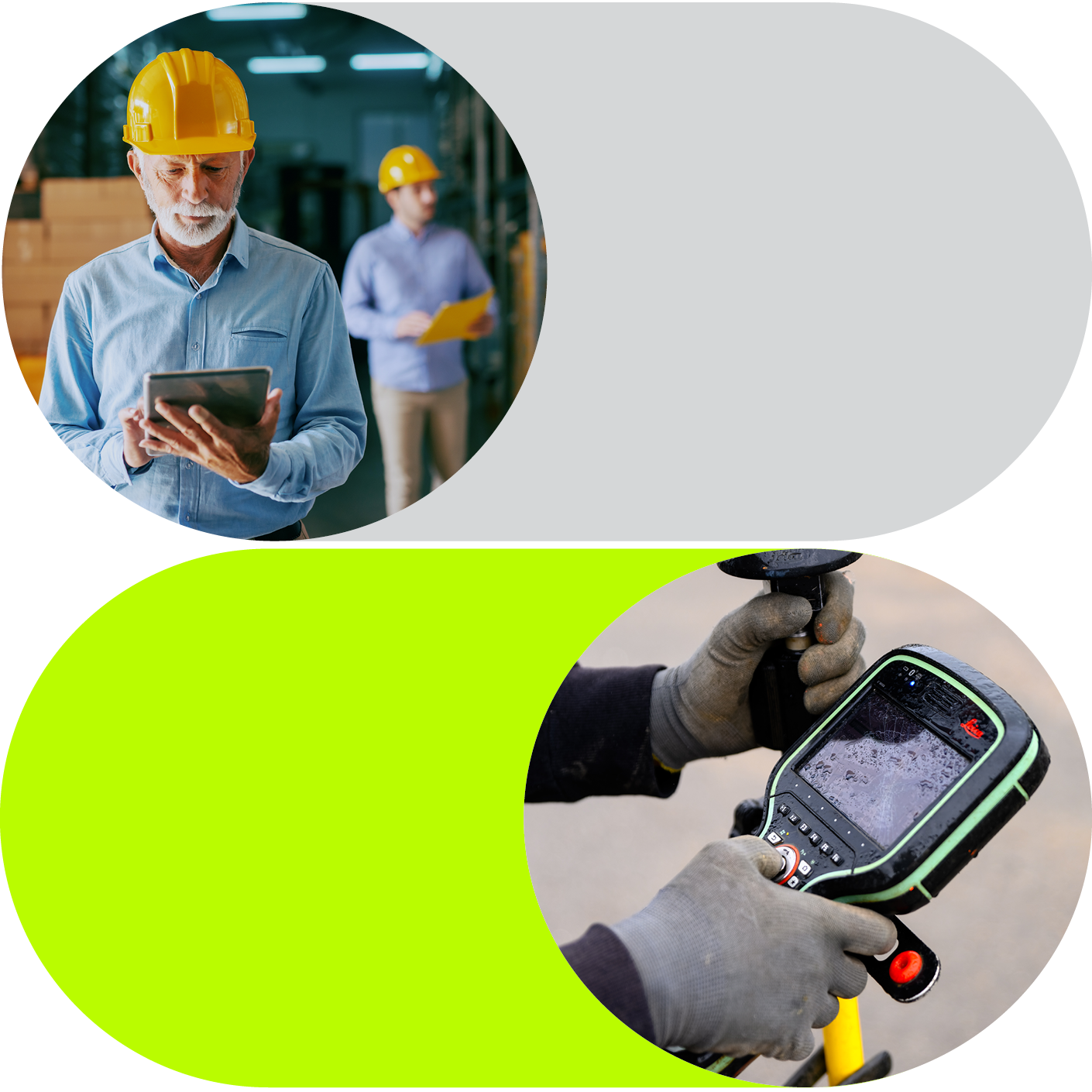
The term “telemetry” is sometimes used in the telematics industry.
So what’s the difference between “telematics” and “telemetry”?
Telemetry is about measuring. Devices take measurements at remote points and send them to a monitor.
Telematics is about processing. Reporting tools turn data into information, often with a visual display on computer software.
5. Is there a difference between telematics and GPS tracking?
GPS tracking shows the location of fleet vehicles. It’s one important element of a telematics solution, but telematics offers a lot more.
Telematics systems deliver a much broader overview of various aspects of your industrial fleet. They equip you with the information required to make key decisions related not only to the location of vehicles, but across a range of other functionalities:
➡️ Telematics helps you track your machines, so you know where they are in real time and so you can set geofences to protect against theft.
➡️ Telematics helps ensure your fleet is safer and more secure, so you know who is using your machines and whether they’re using them safely.
➡️ Telematics helps boost the operational efficiency of your fleet by giving you data and insights on how your machines are being used.
➡️ And telematics helps streamline the service and maintenance of your fleet so you can avoid unexpected costs and downtime.
Telematics is much more than GPS tracking.

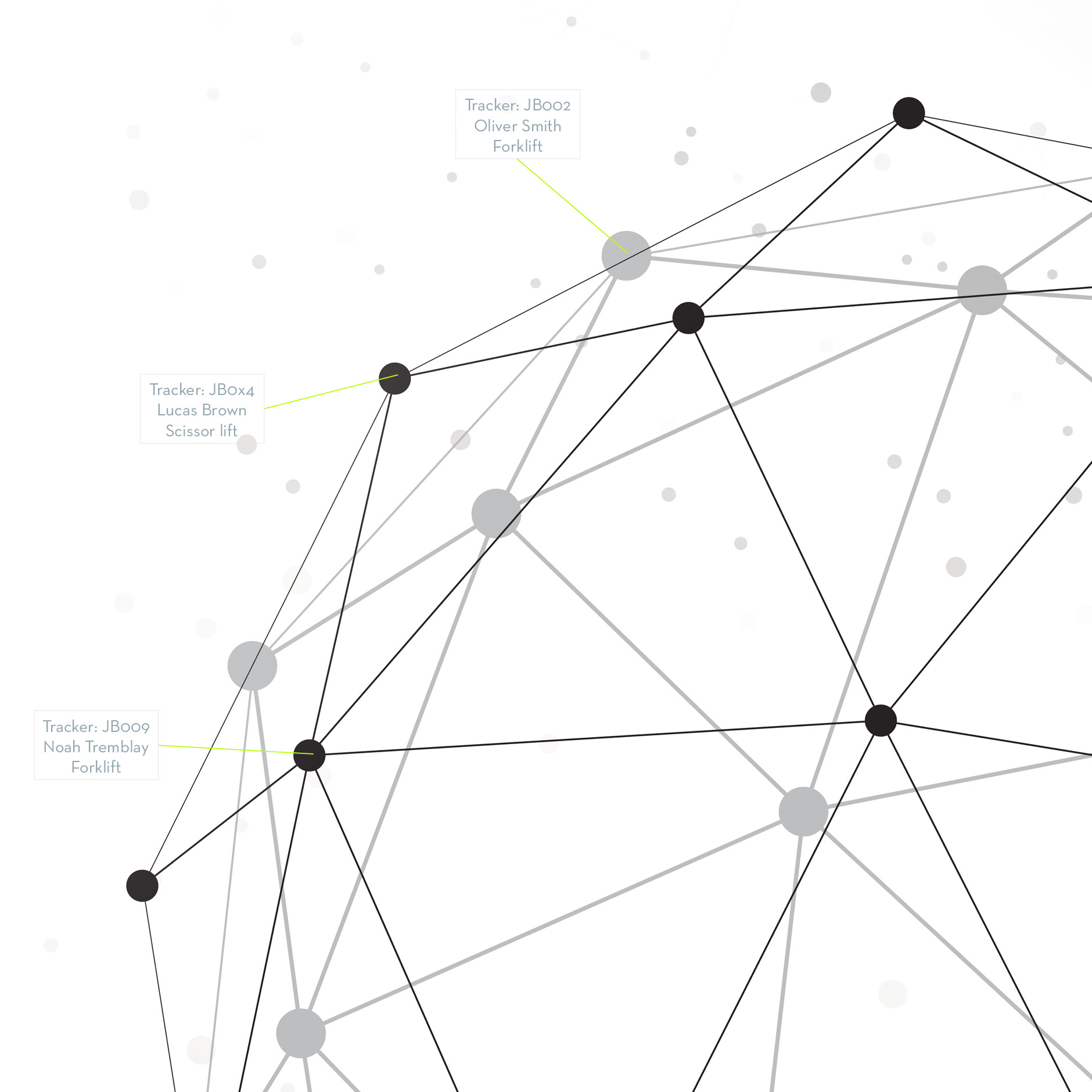
The first step to implementing a telematics system is selecting the machine, vehicle, or tool you want to make smart.
How does that machine function? What issues does it have? What do you, as the user, want to know?
You install a telematics device (a “tracker”) into your machine.
This device collects the desired data from digital and analog signals, often event-based, and then sends that data to a cloud platform.
On that cloud platform, it is ingested, processed, and transformed into meaningful information.
This real-time, high-volume data is filtered into valuable insights.
These insights enable you to finetune your processes, improve operational efficiency, and enhance safety on your shop floor.
7. What are some examples of telematics features that boost operational efficiency?
Examples of telematics features which help boost operational efficiency include:
- GPS location and geofencing;
With GPS tracking, you can find each machine quickly for pick-up at the end of a rental period or for maintenance, even when the machine is not in operation. Location history ensures you know that your machines are not being used anywhere else without your knowledge. Geofencing technology allows you to set virtual boundaries and receive immediate notifications if a machine exceeds your set limits.
- Comprehensive reporting on fleet usage;
See exactly how long your machines are used. Some machines underused? Other machines used too much? Have all the data you need at your fingertips to make smarter business decisions about optimal fleet composition.
- Service management systems;
Automatic service estimation notifications saves your technicians precious time on periodic maintenance and provides them with all the information they need for a quick and accurate intervention.
- Battery monitoring
The batteries that power your industrial fleet drive your business forward. With battery monitoring solutions, you can avoid the unnecessary wear of batteries, maximise their charge cycles, and prolong their lifespans.

8. What are some examples of telematics features that make work safer?
Examples of telematics features which make your work environment safer include:
- On-screen safety checklists with customised questions in varying order;
On-screen safety checklists make pre-start checks mandatory, with instant lockout if there’s a critical issue. It ensures operators have inspected the machine and determined that it is safe to operate. It documents the completed checklist and the amount of time it took to complete. It tracks user behaviour and safety issues with real time data on a cloud platform. No clipboards. No illegible writing. No paper. Just a safe fleet, every day.
- Licence management and verification of training requirements;
With operator license and training expiration tracking, you can ensure that operators using your machines always comply with the appropriate inspections, training, and licensing requirements. If an operator’s certification expires, they lose the ability to operate the equipment. You’ll never lose track of licence requirements and you’ll ensure every operator has the up-to-date certifications to operate their equipment.
- Access control via PIN code or RFID;
Give access to your machines to approved operators via a PIN code or RFID card. Choose who you want to operate each machine, based on your own criteria of certifications and training.
- Session reporting;
Monitor the activity of operators on a daily basis to gain insights on efficiencies. Use reports in staff reviews and to set KPIs which reward safe, productive driving behaviour. Gain insights on key time, seat time, and hours of movement. Identify and remove roadblocks to efficiency.
- Impact reporting and automatic collision lock-out.
Unreported impacts are costly to your business, both in terms of damage repair and machine downtime. Receive instant notifications of impacts so you can identify which operators and areas are most prone to incidents. Add additional strobes and buzzer alarms to encourage safer driving behaviour and reduce incidents inside and outside your warehouse. Lock-out operators after impacts.
Telematics providers introduce new features all the time. Newer features include proximity warning systems, battery monitoring solutions, or weight sensor modules.
It’s an exciting time in telematics and your business should not ignore it.
9. Which sectors and businesses can use telematics?
A wide range of sectors use telematics solutions on their industrial machinery.
- Contruction
Companies in the construction industry with their own fleet of machines use features relating to operational efficiency.
Example: With hours metering, construction companies can see which machines are underused and which machines are used too much, giving them all the data they need to make smarter business decisions about optimal fleet composition.
- Rental
Rental companies hiring out a mixed fleet of heavy equipment use features relating to track and trace.
Example: With GPS tracking and location history, rental companies know where their machines are in real time, so they can ensure they are being used in accordance with rental contracts. With geofencing, they can ensure machines never leave set boundaries, thus reducing the risk of sub-letting.

- Material Handling
Material handling companies use features relating to safety and security. They want to enhance forklift driver safety in their warehouses.
Example: With features such as proximity warning, material handling companies can curb the rise in staff absenteeism, machine downtime, and insurance premiums. A 360° proximity warning system equips material handlers with the alerts and actionable insights they need to reduce forklift incidents and make their workplace environment safer.
- Equipment Dealerships
Equipment dealerships who lease to the logistics sector use features to help them with machine service and maintenance.
Example: By enabling preventative maintenance through functionalities such as impact detection and asset utilisation, equipment dealerships can minimise breakdowns and downtime on equipment that they lease. Automatic service estimation notifications saves their technicians precious time on periodic maintenance and provides them with all the information they need for a quick and accurate intervention.
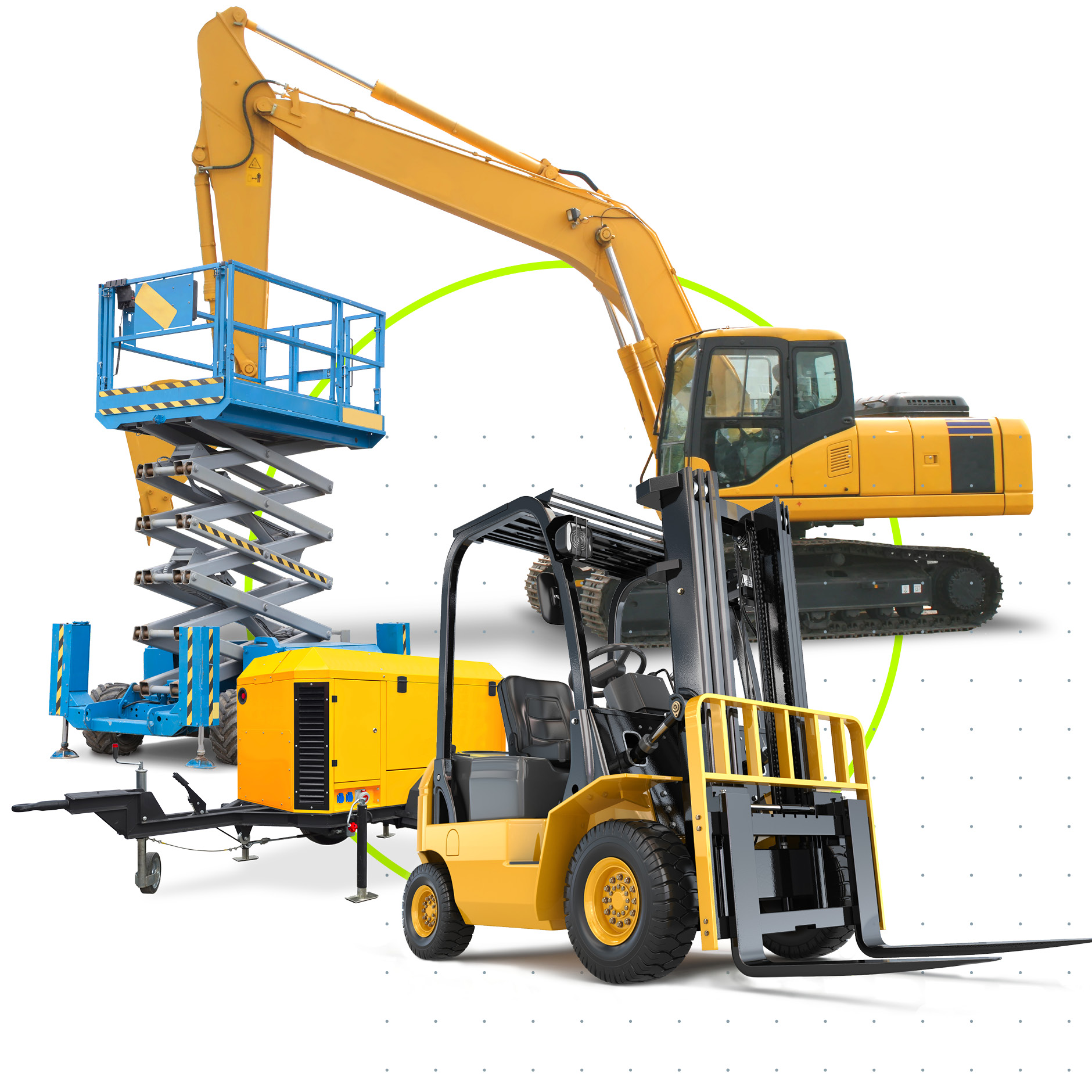
Telematics devices are most commonly installed on machinery and vehicles such as forklifts, powered access equipment, and other heavy off-road machinery.
But smaller tools are increasingly being equipped with telematics devices in order to prevent theft, increase efficient usage, and localise warehouse goods.
The possibilities are expanding across different industries, from construction to agriculture, and from material handling to mixed fleet management.
Top articles
